Uttar Pradesh riots: Five more dead in UP riots, toll hits 34
At least 90 people reportedly missing; Indian PM calls state chief minister to inquire about situation.
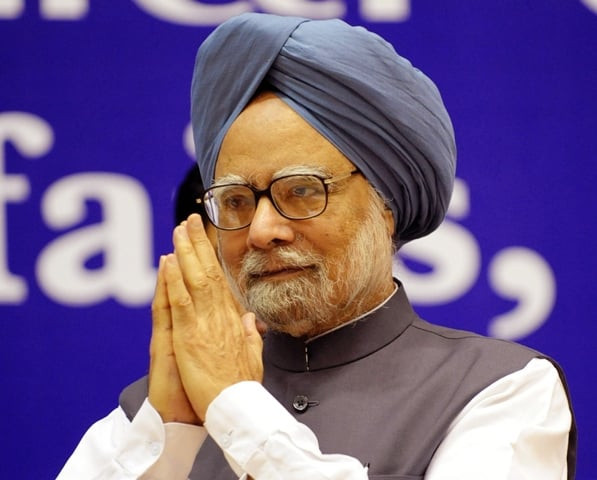
A file photo of Indian Prime Minister Manmohan Singh. PHOTO: AFP/FILE
Indian Prime Minister Manmohan Singh took the unusual step of telephoning Uttar Pradesh (UP) Chief Minister Akhilesh Yadav to discuss the ongoing rioting between Hindus and Muslims in parts of the state where, despite a clampdown and curfew, five more deaths were reported on Monday.
According to district officials, the death toll in the state has reached 34 in the last one week, and more than 90 people are reportedly missing.
“In the process of controlling violence, five more were killed, and 90 people are currently missing,” Additional Director General of Police Arun Kumar said.
According to India’s federal structure, law and order falls within the state government’s jurisdiction, and interference by the centre is usually resented. For the first time in the country’s history, the army was called out to stage flag marches all over Western UP, suggesting that the situation had gone beyond the control of state police and paramilitary forces.
Meetings were held at the chief minister’s secretariat the whole day to get a grip on the situation.
The discord, that began over a trivial matter that was being discussed by members of both communities in panchayats (self-governments) even when violence had already begun. The influential Hindu Jat community in the region felt aggrieved that its authority was being undermined, while on the other hand, the Muslim community too asserted themselves. The friction between the two communities that have lived in tolerance and friendship for several years, has now made them irreplaceable enemies.
Demographics indicate 47 per cent Hindu population and 42 per cent Muslim population in the region.
Authorities are hesitant to return bodies lying in district hospitals for fear of reprisals, once their religious identities become public.
With elections nearing, tension between communities is frequent in sensitive areas, however rioting of this magnitude is not common. It is pertinent to note the possibility that political parties such as the Samajwadi Party – is creating a condition that is conducive for religious polarization.
Published in The Express Tribune, September 10th, 2013.

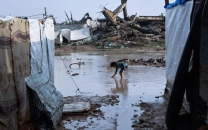
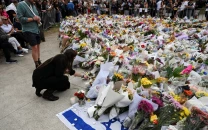
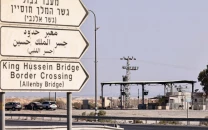
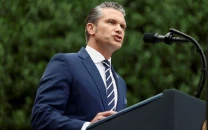
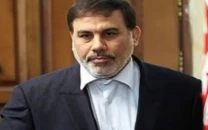
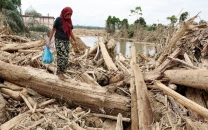
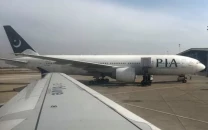
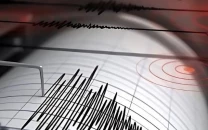
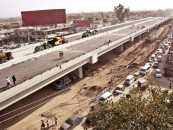
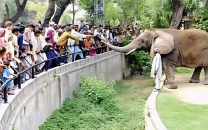
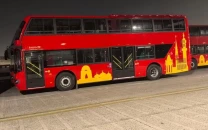
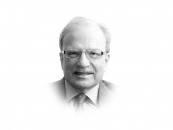
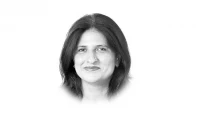
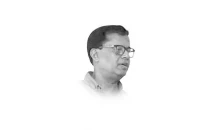
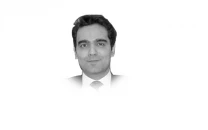


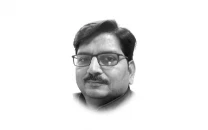
COMMENTS
Comments are moderated and generally will be posted if they are on-topic and not abusive.
For more information, please see our Comments FAQ